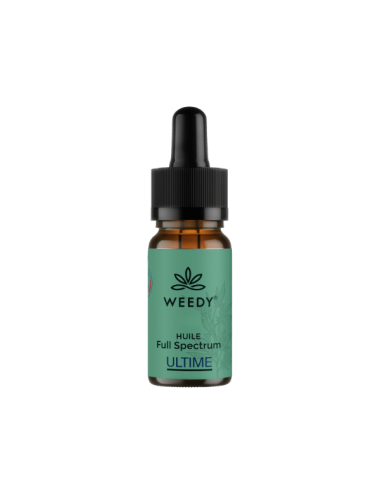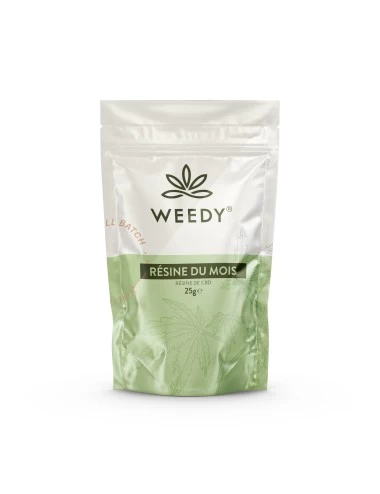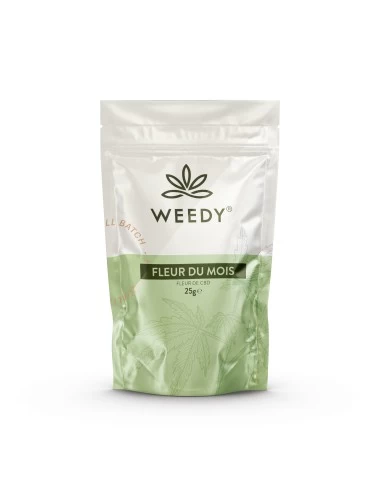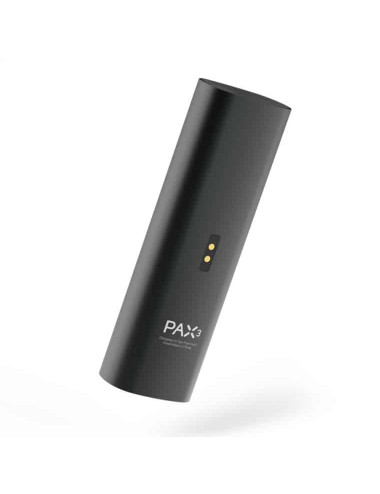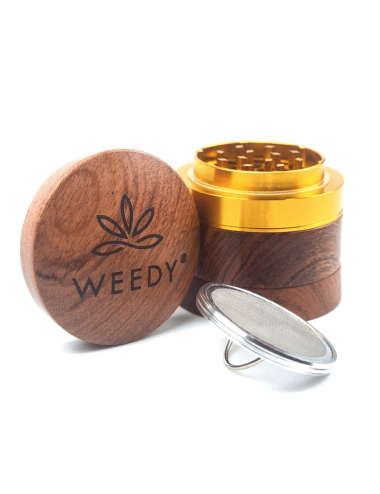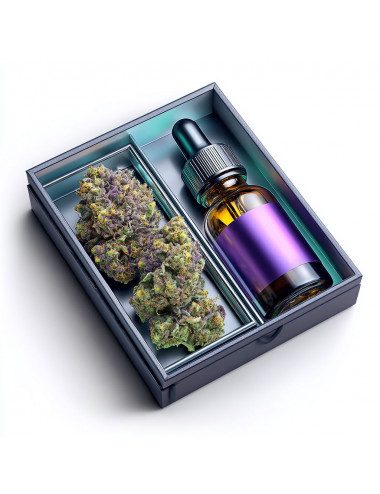The basics of the cannabis lexicon: the plant
Cannabis is a complex plant, with properties as fascinating as they are frightening. Yet we're only afraid of what we don't know. This is one of the main problems with cannabis, whether it's legal or not. With over 400 chemical components, even the scientific community is sometimes baffled by this botanical masterpiece. Add to this the endless number of by-products, and non-experts are left baffled. Weedy.co.uk brings together all our knowledge of the cannabis industry in a single article, and provides you with a cannabis glossary to help you understand it better.
Cannabis Vs. industrial hemp
Let's begin this lexicon of cannabis with the species itself. At the mention of the word "cannabis", even the most chaste ears close up. However, the word "hemp" is quite common. Yet, visually, these two plants appear perfectly identical. This is hardly surprising, given that cannabis is Latin for hemp and is sometimes simply called "recreational hemp". The only difference lies in the leaves and flowers which, in the case of cannabis, produce a resin rich in THC, the psychoactive molecule banned in many countries.
In the final analysis, cannabis and hemp are the same plant species, and it's useful to distinguish between them in the vocabulary used to define the product's legality or otherwise.
Cannabis light
Cannabis light is simply a plant whose THC production is naturally low, and generally falls within the legal limit. On the contrary, the production of other molecules, such as CBD, is encouraged.
Active ingredients in cannabis
Cannabinoids
The cannabis plant is made up of numerous chemical substances known as cannabinoids. Known to scientists since the 1960s, cannabinoids act on the human body by activating the endocannabinoid system, which plays a key role in our nervous and immune systems. The dozens of cannabinoids present in the plant are therefore responsible for the effects of cannabis on the human body. They all have different effects, however, and not all have yet been identified.
THC
THC, orΔ-9-tetrahydrocannabinolen in its full version, is certainly the best-known cannabinoid. It is renowned for its psychoactive effects, which give users a high. Equallydictive, it is considered a narcotic by most governments, with European law capping its use in authorized plants at 0.2%.
CBD (Cannabidiol)
Still unknown to the general public in the mid-2010s, CBD is now almost as well-known as THC. On the contrary, it is aannabinoid with soothing, non-psychoactive and non-addictive effects. It is sometimes referred to as legal cannabis or cannabis light.
Components of the cannabis plant

Stems and leaves
Cannabis is an annual plant whose species are native to Central and South Asia. A typical plant consists of a main stem, which carries water and nutrients to the rest of the plant. Symmetrical leaves of the familiar shape then grow in pairs from the main stem or branches. They serve to absorb light, a vital source of energy for the plant.
Flowers
Depending on the species and the environment in which the plant grows, flowering occurs more or less quickly in the development cycle. Nevertheless, for both recreational and therapeutic purposes, female plants are preferred for flower production. While males are useful for pollination, they are also smaller. Females, on the other hand, produce large, resin-filled flowers that can be dried whole or used to create numerous other by-products. Click here to see our CBD flowers.
Trichomes
Trichomes are small vesicles, or hairs, on the plant's epidermis, particularly on the buds. They play a fundamental role in the secretion of both cannabinoids and terpenes. Sticky, they are also gorged with resin. Common in botany, trichomes are not only found on hemp , but also help protect many plant species from insects, desiccation and UV rays.
Terpenes
A terpene is a hydrocarbon naturally present in cannabis and many other plants, and is abundant in resin. They are therefore responsible for cannabis' distinctive flavors and aromas. There are many different terpenes. They include borneol (menthol), limonene (citrus notes, predominantly lemon/orange), pinene (pine needles), myrcene (earth, musk), beta-caryophyllene (pepper, spices, wood) and linalool (lavender, flowers).
Cannabis herb

Marijuana, pot, weed
Cannabis has made a name for itself by being smoked in the form of joints. All countries, all cultures and all historical eras are concerned by its consumption. So it's hardly surprising that the herb has almost as many names as there are smokers. Among the most widespread, of course, is the famousmarijuana, sometimes spelled marihuana, which evokes the smoking herb derived from the Indian hemp, which is simply synonymous with... cannabis. We've come full circle.
The more French-speaking often speak ofMarie-Jeanne. Others prefer to refer to labeuh (verlan for grass) or laweed, the English-language term used for both smoking grass and weed.Skunk,Sensimilia,ganja,Colombianand many others complete the list.
Kif
Kifest is a North African term for a mixture of tobacco and cannabis herb. Originally, this Arabic term simply meant "pleasure", or "joy".
Cannabis resin and pollen
Hashish
Hashish is a term widely used to describe cannabis resin. Unlike pure herb, hashish is obtained by extracting the resin directly from the plant.
Shit
Hash is also a form of resin, except that hashish is supposed to be pure resin. When it's cut, often with ingredients unknown to the consumer, it's called shit.
Pollen
Pollen, or kuff, is a finer resin. It differs from hashish in that it is finer sieved, leaving no trichomes or plant debris behind. The product is less oily than conventional resin, and therefore more powdery and less sticky.

